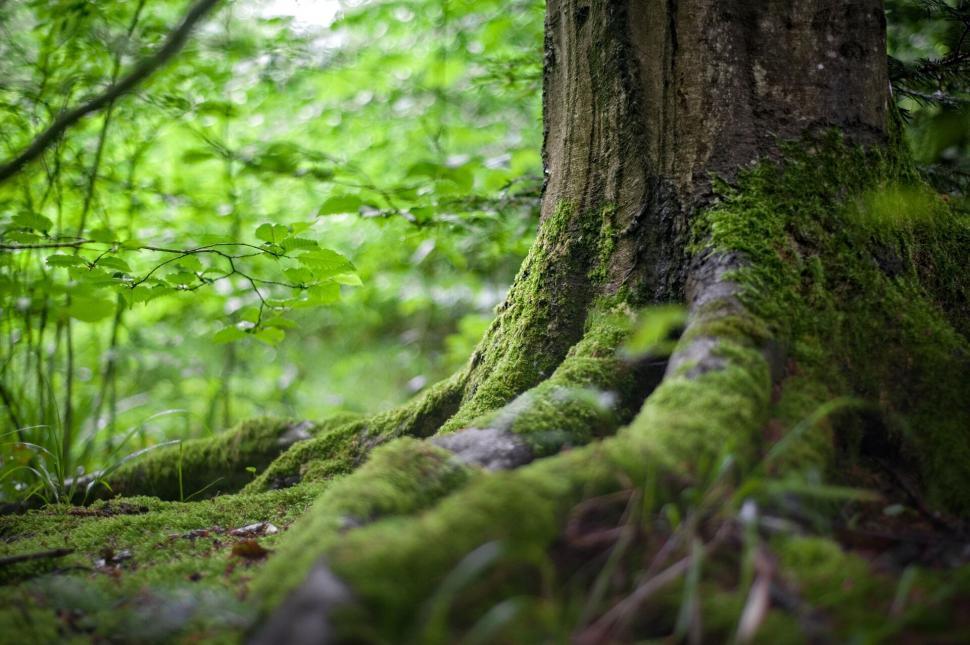

The first time I came across the term “with wings and roots” and the larger project that shared its name was in June 2015. I was at a conference trying to decide on a breakout session to attend and the title captured my attention.
I do not remember the details of the session so well, but one activity stuck with me. We were tasked with identifying our roots – what grounded us – and our wings – what enabled us to grow. I have forgotten what I wrote as my wings but I remember how a twenty-one-year-old me thought I was so unique and mature in identifying my roots as my values. That feeling quickly faded when I realized others wrote the same thing.
As I went back to my room at the end of the day, I could not help thinking back to that session. For the first time, I felt I had a new and encompassing way to express the confusion I was working through in understanding my identity. Myself an immigrant and raised by immigrant parents in NYC, I had spent much of my youth trying to reconcile my family identity with the identity of my adopted land.
I had become a New Yorker, fiercely proud and loyal to the city that molded me. But underneath it all, I felt rootless. I was Guinean, but not quite; Senegalese, but not quite; American, but not quite. I felt adrift and like a fraud. I sought solace by immersing myself in the multicultural environment of New York City, taking pieces from each heritage I came across in a futile effort to craft my own wholeness and plant my own roots.
I thought having roots was to be one thing and I desperately wanted to be that. I wanted to wholly belong; to find a singular identity and a singular place I could claim as my own, and importantly, would claim me as its own. I wanted a home.
But here was this workshop which for the first time challenged me to expand and rethink my concept of “roots.” Why was I placing so much importance on having one identity? Why did I automatically associate having ‘roots’ with being one thing?
Whenever I heard the phrase having ‘good roots’ I always imagined a tall mighty tree with deep roots reaching deep into the ground, affixed to one spot and remaining the same as the years passed. But over the course of the workshop, and more so in the years since, I began to realize that my perspective was too narrow. What made the tree tall and mighty was underground. It was the ability of its roots to expand and spread, finding nourishment in unlikely and disparate areas, that allowed the tree to grow. What I envisioned as the brilliant and unmoveable tree was only possible because of its varied, multidirectional, and complex roots. Its strength came from its ability to adapt and find nourishment in whatever circumstance.
Slowly, I began to redefine for myself that having roots was not about being one thing, but rather having something(s) solid from which I could build on as I explored the multitude of myself and the places I claimed along the way. To be rooted was simply to have an internal foundation from which to explore and reinvent my world, confident that doing so only made me stronger.
In a similar fashion, With Wings and Roots seeks to push society to explore the multiplicity of belonging. To question its stubborn insistence that a person’s value and claim to a place is based on their passport, their skin color, their beliefs, or any other label. Following the stories of Akim, Tania, Miman and Sonny in From Here, this project seeks to show the multitude of paths individuals have taken in reclaiming their roots and themselves.
